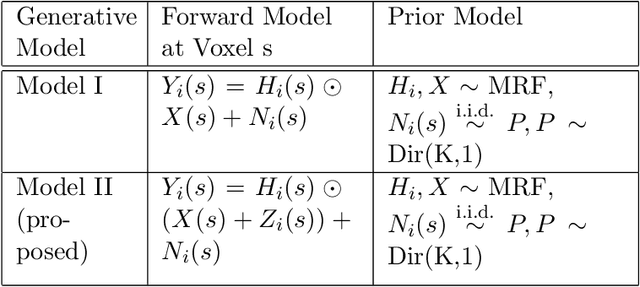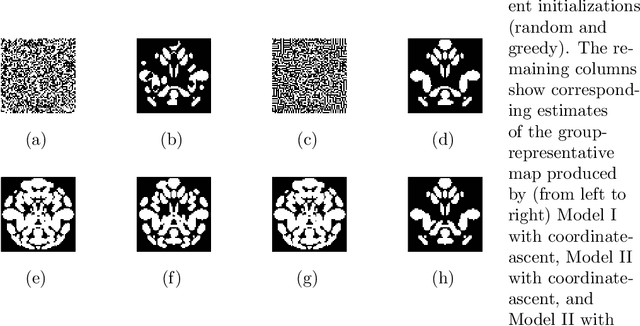Bingjing Tang
Exact Bayesian Gaussian Cox Processes Using Random Integral
Jun 28, 2024



Abstract:A Gaussian Cox process is a popular model for point process data, in which the intensity function is a transformation of a Gaussian process. Posterior inference of this intensity function involves an intractable integral (i.e., the cumulative intensity function) in the likelihood resulting in doubly intractable posterior distribution. Here, we propose a nonparametric Bayesian approach for estimating the intensity function of an inhomogeneous Poisson process without reliance on large data augmentation or approximations of the likelihood function. We propose to jointly model the intensity and the cumulative intensity function as a transformed Gaussian process, allowing us to directly bypass the need of approximating the cumulative intensity function in the likelihood. We propose an exact MCMC sampler for posterior inference and evaluate its performance on simulated data. We demonstrate the utility of our method in three real-world scenarios including temporal and spatial event data, as well as aggregated time count data collected at multiple resolutions. Finally, we discuss extensions of our proposed method to other point processes.
Group-Representative Functional Network Estimation from Multi-Subject fMRI Data via MRF-based Image Segmentation
Aug 29, 2018



Abstract:We propose a novel two-phase approach to functional network estimation of multi-subject functional Magnetic Resonance Imaging (fMRI) data, which applies model-based image segmentation to determine a group-representative connectivity map. In our approach, we first improve clustering-based Independent Component Analysis (ICA) to generate maps of components occurring consistently across subjects, and then estimate the group-representative map through MAP-MRF (Maximum a priori - Markov random field) labeling. For the latter, we provide a novel and efficient variational Bayes algorithm. We study the performance of the proposed method using synthesized data following a theoretical model, and demonstrate its viability in blind extraction of group-representative functional networks using simulated fMRI data. We anticipate the proposed method will be applied in identifying common neuronal characteristics in a population, and could be further extended to real-world clinical diagnosis.
 Add to Chrome
Add to Chrome Add to Firefox
Add to Firefox Add to Edge
Add to Edge